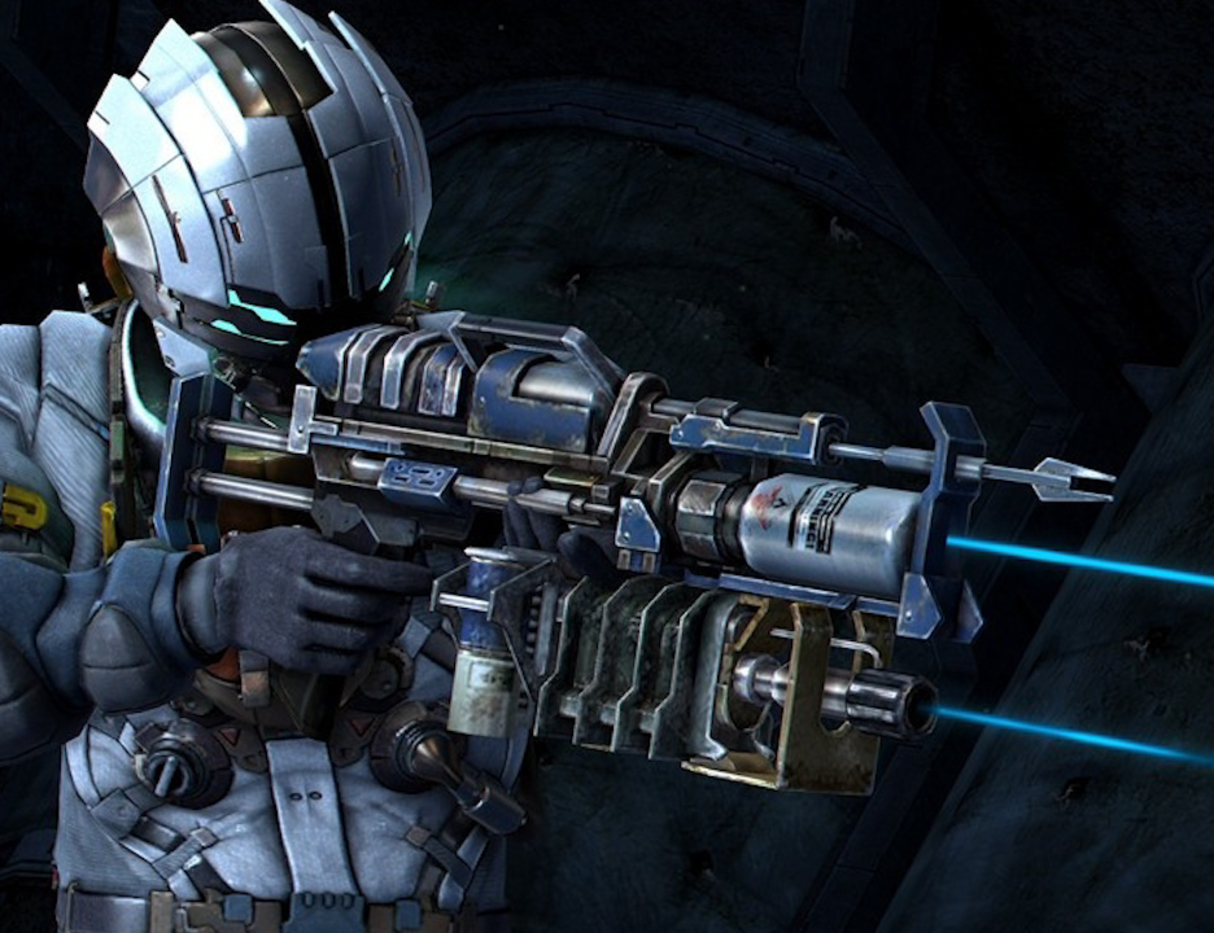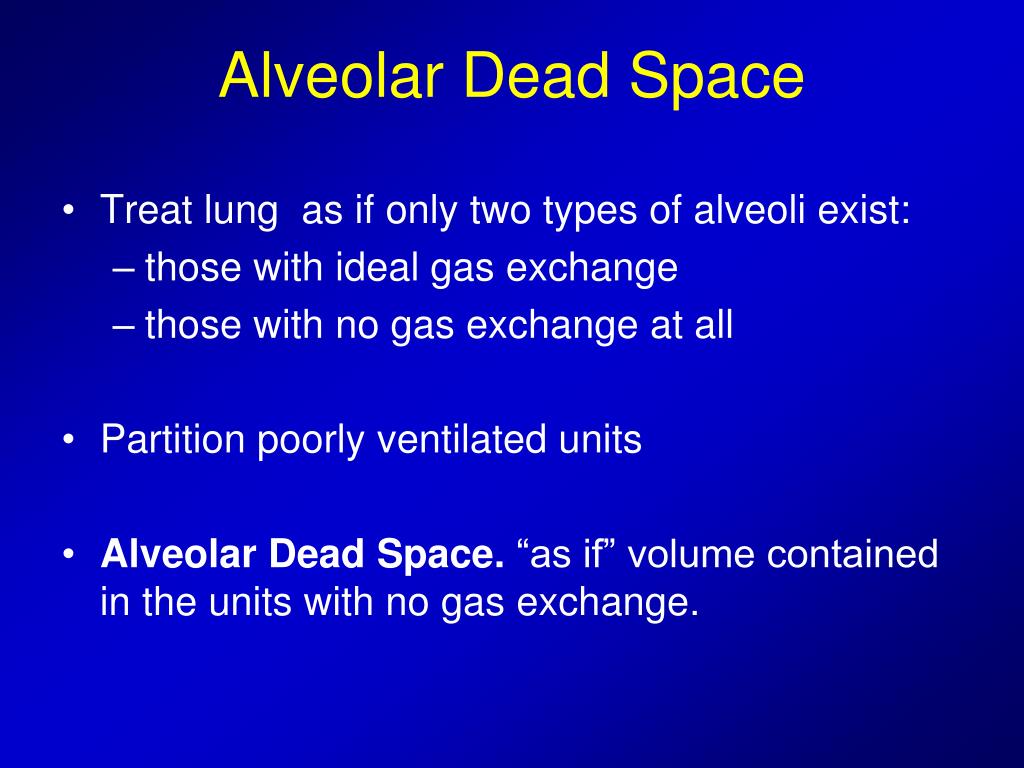13 November 2023 - 16:42


The alveolar and intrapleural pressures are dependent on certain physical features of the lung.

The major mechanisms that drive pulmonary ventilation are atmospheric pressure ( P atm) the air pressure within the alveoli, called alveolar pressure ( P alv) and the pressure within the pleural cavity, called intrapleural pressure ( P ip). Pulmonary ventilation is the act of breathing, which can be described as the movement of air into and out of the lungs.



 0 kommentar(er)
0 kommentar(er)
